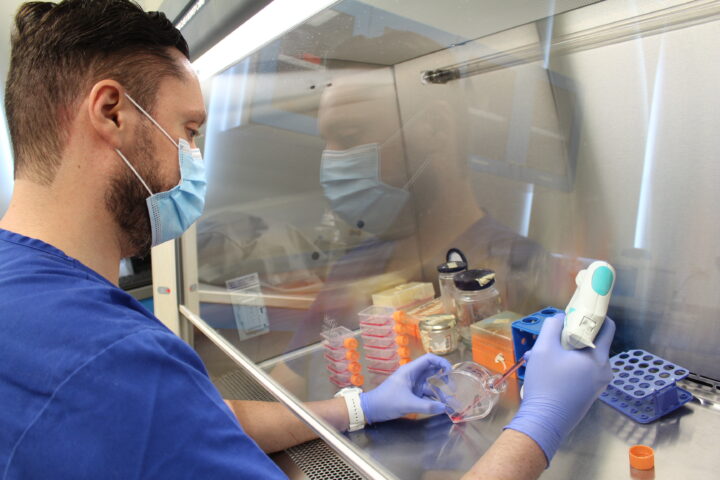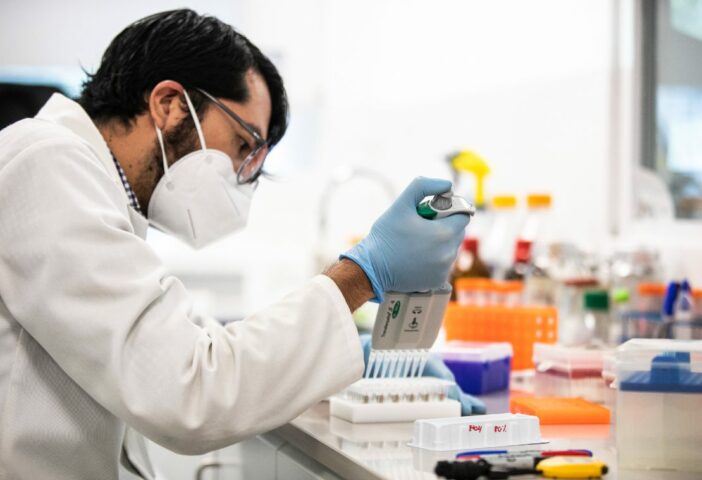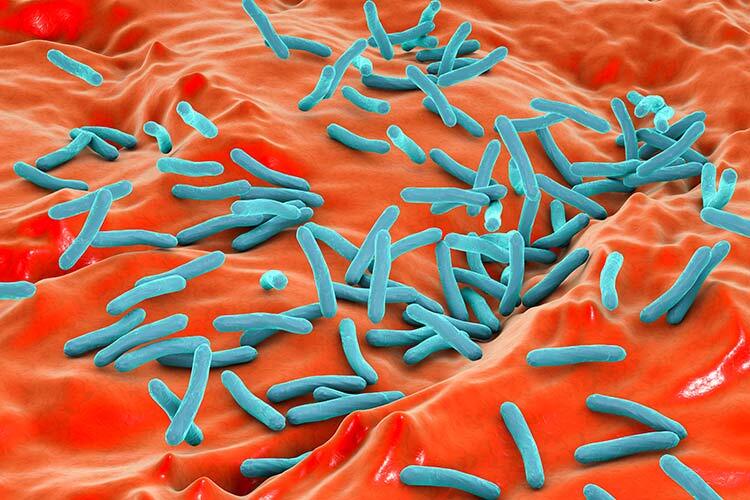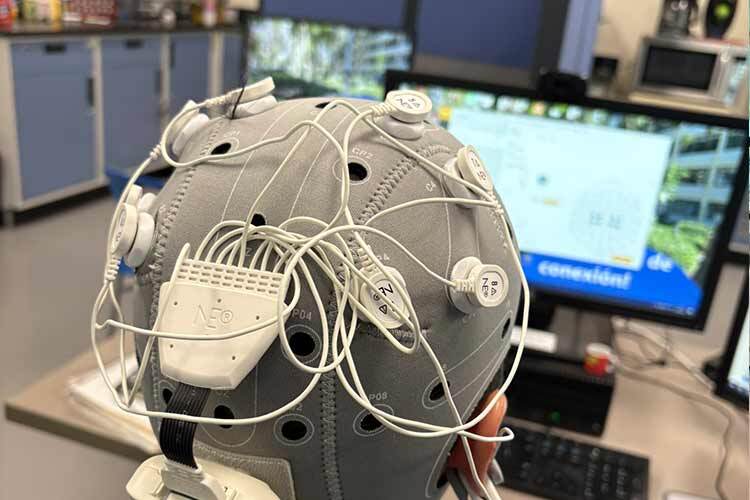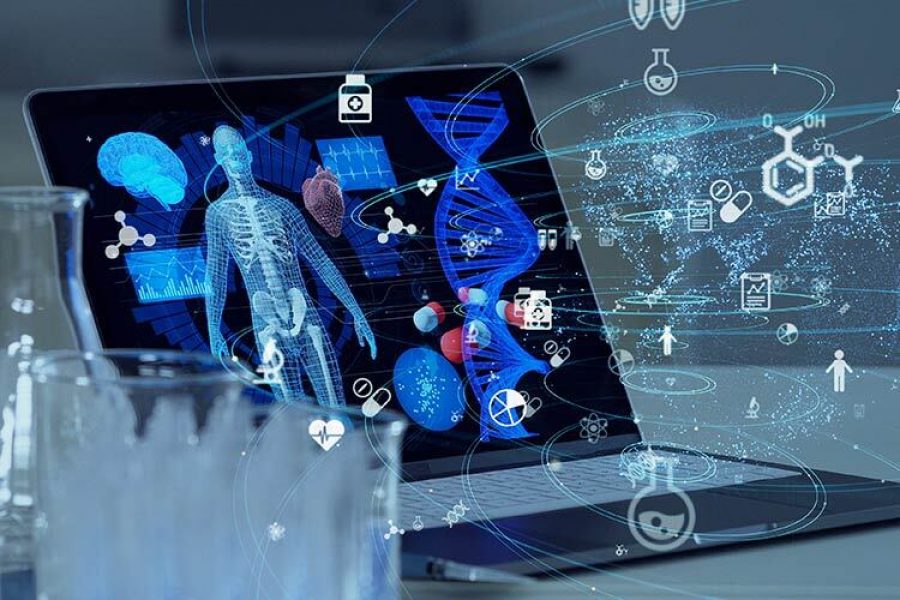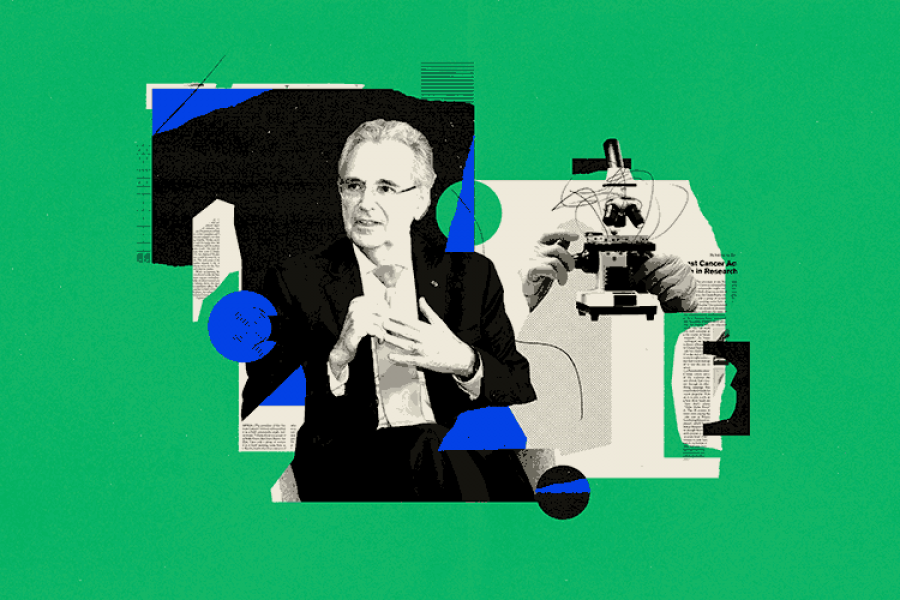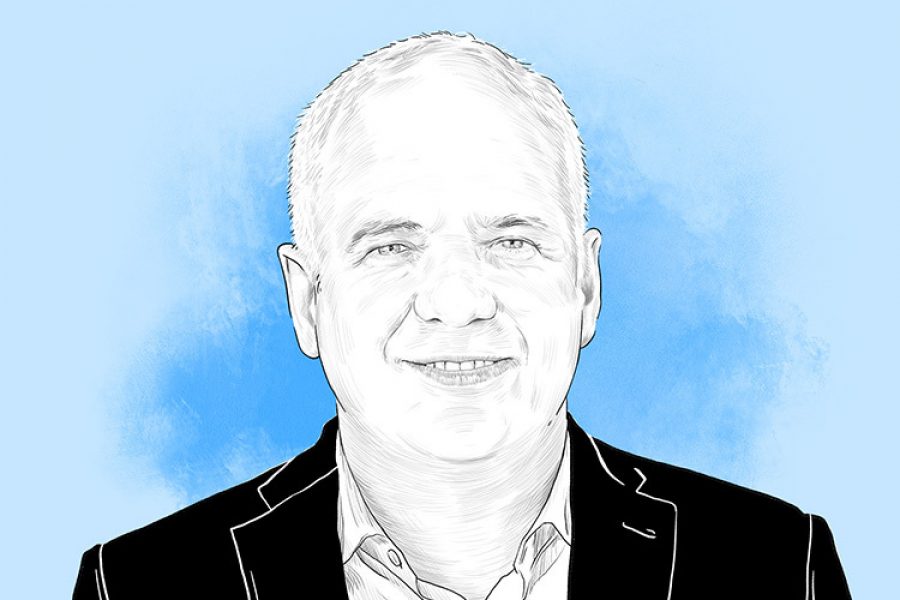To know if a person with obesity has any damage to their metabolism, there are diagnostic tools that allow us to know their state of health, however, sometimes the damage can be masked.
“It may be that a patient with obesity performs well on their triglyceride and blood glucose tests, but in reality, they have metabolic damage,” says Noemí García, research professor at the Experimental Medicine and Advanced Therapies Unit of the Institute for Obesity Research (IOR), in an interview with TecScience.
Currently, one of her lines of research, which is still in very early stages, has focused on adding a new marker to the tools that doctors have to evaluate whether there is damage in people with this condition: circulating mitochondrial DNA.
The researcher has dedicated much of her work to understanding mitochondria in depth.
ADN Mitochondrial and Metabolic Damage
Mitochondria are our cells’ organelles that generate much of the energy they need to carry out their functions. “Let’s say it’s the cellular engine,” says García.
Due to their evolutionary origin, these organelles have their own genetic material, which is sensitive to stress. If, for example, our body constantly receives too many lipids or glucose because we eat an excess of fat, refined sugars, or carbohydrates, its DNA can be damaged.
This constant stress on our cells can eventually lead to damage to organs such as the liver or pancreas.
Just as we take out the trash to avoid dirt, when it is damaged, the mitochondria can expel DNA as a protective mechanism. “It ends up circulating in our blood; hence the term circulating mitochondrial DNA,” explains García.
In preclinical and patient studies, the researcher and her group have found that if this circulating DNA is damaged, our immune system detects it as a dangerous agent and inflammation processes can be activated.
This can be observed in patients with obesity, type 2 diabetes, or metabolic syndrome. The latter is actually a set of disorders where the metabolism is damaged, with high blood pressure, high blood sugar, and high cholesterol levels.
“Mitochondrial damage is highly associated with conditions such as diabetes and obesity,” explains the researcher.
The Proposal of a New Forecasting Tool
Fortunately, if this damage is detected in the early stages, it can be reversed with diet and lifestyle adjustments. “The intention is to make a very early diagnosis, to recommend prevention measures and avoid the damage from spreading,” says García.
Her proposal is to find this circulating mitochondrial DNA and, using techniques such as PCR, distinguish whether it is damaged. The researcher explains that sometimes the mitochondria can also expel genetic material that is completely healthy.
With their molecular tools, they can not only detect if this DNA is damaged or not, but also how damaged it is. If this material has any damage, even though there is no increase in blood glucose or triglycerides, actions can be taken to prevent that from happening.
The good thing about measuring it this way is that you don’t need more than the blood drawn from people in routine exams. “It is an economical and quick detection of damage that anyone can use,” says the researcher.
For her, it is important to emphasize that these tools seek to help people who have already attended a clinic because they are worried about having some damage associated with their lifestyle, but in no way do they seek to stigmatize or discriminate against people who are overweight. The tool will be able to be used by anyone looking to know more about their body’s health.
For García, the idea is to refine and deepen their knowledge of it, until they have an early and efficient diagnostic tool. “What we do is always to maintain or improve the quality of life of individuals,” she concludes.

